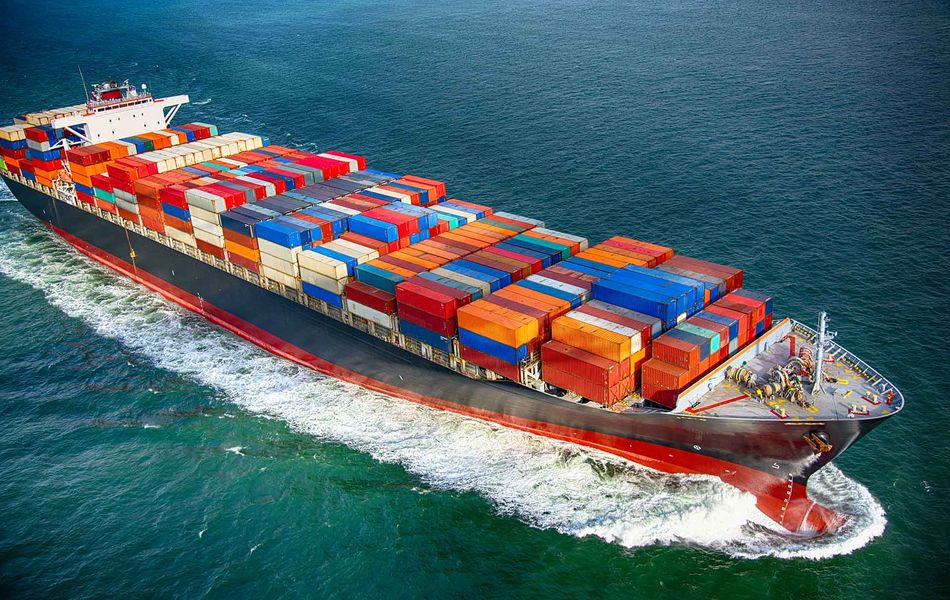Economics of Container Shipping: Costs, Efficiency and Future Trends

Container shipping has revolutionized the way goods move around the world. From raw materials to finished products, virtually everything we use every day has been transported in a shipping container at some point. The global shipping industry is critical to the global economy, and the efficiency and cost of container shipping are closely linked to global trade patterns and economic growth.
Cost of sea container transportation
The cost of sea container transportation depends on various factors, including the distance traveled, the dimensions and weight of the cargo, the method of transportation and the route. Generally, the cost of shipping a container by sea is lower than by air or land due to the economies of scale associated with large container ships. Shipping rates are usually based on the freight rate per container, which includes the cost of the container, the cost of loading and unloading, and the cost of transporting the container.
One of the most important factors influencing the cost of sea container transportation is fuel prices. Fuel delivery costs have increased significantly in recent years, increasing shipping costs for both businesses and consumers. Shipping companies are investing in more fuel-efficient ships and exploring alternative fuels such as liquefied natural gas (LNG) to reduce shipping costs.
Efficiency of sea container transportation
The efficiency of container shipping is critical to the accessibility of global trade. The faster and more reliable delivery routes, the more efficient the transport system and the lower the costs for businesses and consumers. A key factor in the efficiency of maritime container shipping is the use of standardized containers that are easy to load and unload and move between different modes of transport such as ships, trains and trucks.
Another key factor influencing the efficiency of container shipping is the use of technologies such as GPS tracking, automated cargo handling systems, and online booking and tracking systems. These technologies help restructure the delivery process, reduce delays and errors, and improve the overall efficiency of the transportation system.
Future trends in sea container shipping
The shipping industry is constantly growing, driven by changes in global trade patterns, advances in technology and environmental concerns. One of the biggest trends in container shipping is the move to larger, more fuel-efficient vessels. The largest container ships today can carry 24,116 TEU (twenty-foot equivalent units), and there are plans to build even larger ships.
Another trend in container shipping is the adoption of digital technologies such as blockchain to improve supply chain transparency and efficiency. Blockchain technology enables secure and transparent data exchange throughout the supply chain, reducing the risk of fraud and errors and increasing the speed and efficiency of the delivery process.
Environmental concerns are also driving changes in the shipping industry, with a focus on reducing carbon emissions and improving sustainability. Shipping companies are investing in alternative fuels such as LNG and biofuels, and are exploring new technologies such as wind and solar power to reduce their environmental impact.


